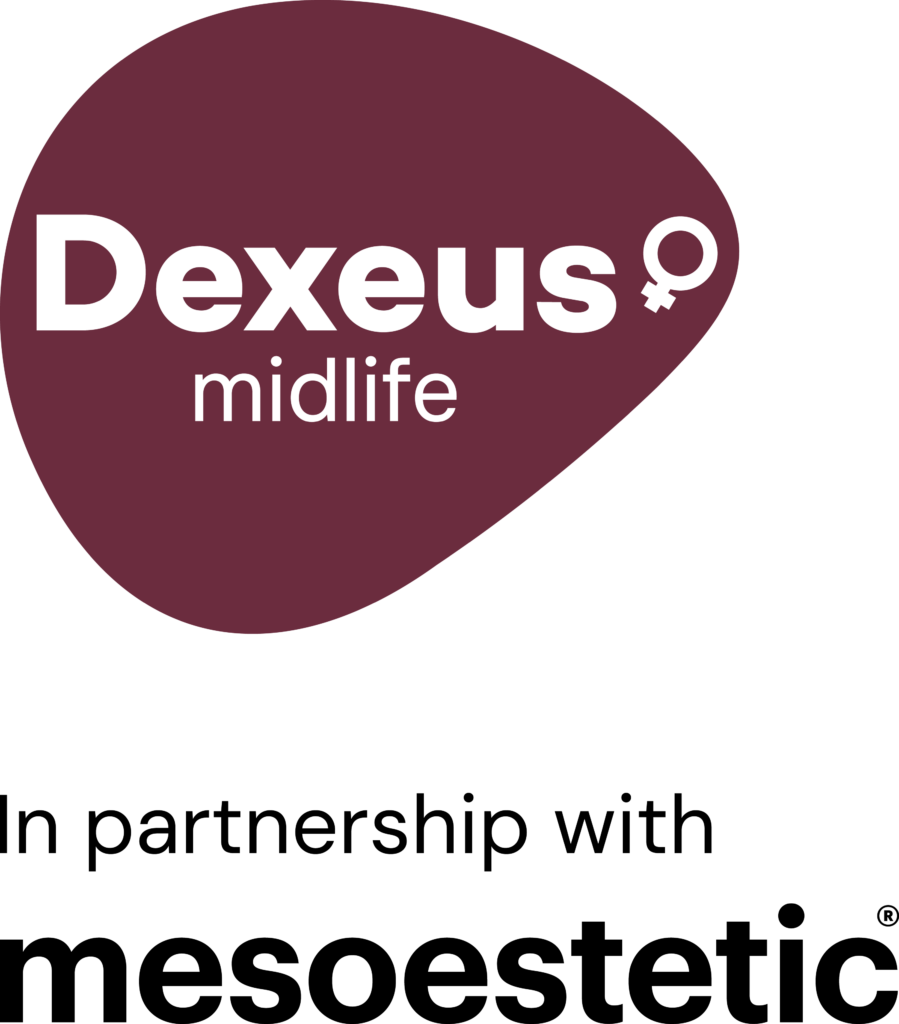Hyaluronic acid is a molecule found naturally in our skin. It helps to retain water in the tissues, maintaining their elasticity and firmness. Its production decreases over the years, leading to the appearance of wrinkles, sagging and other visible signs of ageing.
The main aim of vulvovaginal hyaluronic acid treatment is to rehydrate the skin and mucosa and stimulate fibroblast production (collagen synthesis) in cases of dryness and atrophy. It can also be used to treat surgical scars. It is administered in the form of colourless gel and can have different degrees of density, firmness and resistance. Depending on this characteristic, it is referred to as high or low cross-linked hyaluronic acid. The lowest density is normally used to treat vulvovaginal atrophy and dryness.
What it is
Hyaluronic acid treatment is applied by small injections in the vaginal mucosa and/or areas of the vulvar skin. Its application stimulates collagen synthesis and increases the hydration of the intimate area.
- Outpatient treatment
The treatment is carried out at the clinic.
- Sessions
The number of sessions required to achieve the desired effect cannot be decided in advance as it depends on the characteristics of the treated areas, the quantity injected and the absorption capacity and response of each patient.
- Prior anaesthesia
Topical anaesthetic cream is first applied to the areas to be treated and is left to take effect (20-30 minutes). Local anaesthesia is then applied and hyaluronic acid is injected.
Who is the treatment intended for?
- The treatment is indicated for:
- Vulvovaginal atrophy.
- Vaginal dehydration and/or dryness.
- Treating scars.
- Pain during sexual intercourse.
- Sexual dysfunction.
Expected outcome
- The expected average effect is 6 to 12 months, although it is more evident in the first 3-6 months of treatment. The risks and complications are those inherent to the technique itself: small bruising, oedema, redness or inflammation which generally subside in a short while. It is a multi-puncture technique, so medical indications must be followed to avoid infection.
FAQs
Is it necessary to shave the pubis before vulvovaginal hydration treatment?
No. In fact, you should avoid waxing on the days prior to treatment to prevent infection. You can reduce it a little if necessary, but check with your gynaecologist.
Can vulvovaginal hydration treatment cause problems with urination in the first few days?
It is not common but is possible, especially in the event of urethral compression.
Are there any contraindications to vulvovaginal hydration?
Yes. It is contraindicated in cases of hypersensitivity to certain components, pregnancy, infection in the area or diseases involving altered haemostasis. Do not take aspirin, anti-inflammatory drugs or anticoagulants in the week prior to the infiltration.
Can I shower and lead a normal life after treatment?
Yes, but to lessen the risk of infection and during the following 7 days you should avoid sexual intercourse, immersion baths in public places (swimming pools, hot tubs, spas, gyms) and activities which generate pressure or impact on the treated area (cycling, horse riding). You should also refrain from taking vitamin C, anticoagulants, aspirin or antiplatelet agents.
When can sexual intercourse be resumed after vulvovaginal hydration treatment?
You should generally wait for at least a week. However, it depends on the individual’s response. See your gynaecologist.
Discover the experiences of our patients
I recommend it 100%
“Lorem ipsum dolor sit amet, consectetur adipiscing elit. Curabitur consectetur euismod tellus, vel pretium nulla. Vestibulum lobortis venenatis erat vel rhoncus. Phasellus volutpat tortor vitae nisl pharetra tristique. Sed ac nisi congue, posuere felis tincidunt, consequat risus. “
Carmen Rodríguez, Barcelona
Related treatments
Functional recovery laser treatment
Functional recovery laser treatment
Laser treatment induces a regenerative response at the cellular level that favours the synthesis of collagen and vascularisation of tissues,...
Read moreFunctional Magnetic Stimulation Chair
Functional Magnetic Stimulation Chair
Functional magnetic stimulation is a technique that uses electromagnetic fields of different intensity to tone the pelvic floor muscles....
Read moreBio-regeneration with platelet-rich plasma (PRP)
Bio-regeneration with platelet-rich plasma (PRP)
Platelets are cell fragments present in blood plasma that naturally activate tissues' regenerative capacities. Therefore, they are used for therapeutic...
Read moreCarboxytherapy
Carboxytherapy
It consists of the infiltration of carbonic anhydrase (CO2) in tissues to promote an increase in blood circulation and to...
Read moreFat grafting
Fat grafting
It is applied in the urogenital area to stimulate tissue regeneration. It improves hydration, tone and lubrication of the vulvovaginal...
Read moreRegenerative mesotherapy
Regenerative mesotherapy
It is a medical technique that allows you to take vitamins and active substances through dermis microinjections into the skin...
Read moreIntimate depigmentation
Intimate depigmentation
Darkening of the skin in the intimate area in women is associated with ageing. There are minimally invasive solutions that...
Read moreLabiaplasty
Labiaplasty
It is a surgical procedure performed to reduce, reshape or correct asymmetries in the labia majora or labia minora of...
Read morePelvic floor physiotherapy
Pelvic floor physiotherapy
Hormonal changes and posture have an impact on the pelvic floor muscles. Often it is not seen or noticed until...
Read moreRadiofrequency
Radiofrequency
Radiofrequency is a cell activation therapy that stimulates the formation of collagen and elastin and increases blood flow, which makes...
Read more
